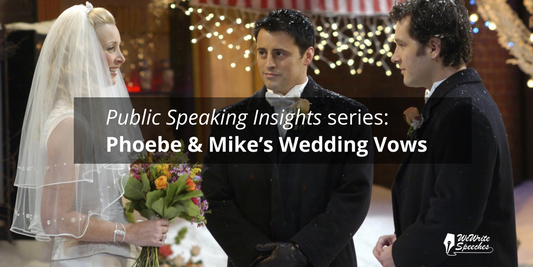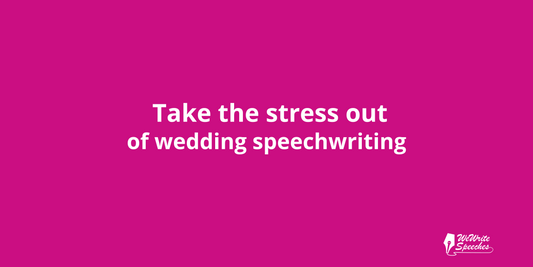At some point, nearly everyone has experienced a toast, and many of us have had the honor of giving one. However, the concept of a toast evokes different images for different people. To some, it's essentially a speech; to others, it's a brief homage, distinct from a speech. And, of course, there are the bread people!
According to the Merriam-Webster dictionary, a toast is defined as the “act of proposing a drink in honor of or of drinking in honor of someone or something.” This is a solid definition. Taking this definition at face value, as I do, suggests that a toast is not a speech or some alternative to a speech; it is its own thing.
A toast is normally be part of a speech, but it could exist on its own. For instance, someone might simply stand and announce, “I’d like to propose a toast to so-and-so,” and in that case, the toast would stand apart, without being part of a speech. This usually occurs in specific scenarios like a loyal toast. But in normal circumstances, giving such a short toast would be akin to telling the punchline of a joke without any set-up. If nothing else, it's a lost opportunity to say something meaningful about the person being honored.
Strategic Placement of Toasts
Here is an incomplete list of some typical places where toasts may be placed:
- A Simple Toast: This stands alone without any build-up and is appropriate in certain limited contexts.
- A Toast-Speech: Essentially a brief speech culminating in a toast. It's short, maybe even just a few sentences.
- A Mid-Speech Toast: This occurs within a longer speech and is usually a personal nod not requiring audience participation.
- A Speech-Ending Toast: The grand finale of a lengthy speech. The speaker usually invites the audience to join in, or even to stand up and join in.

When preparing for a toast, consider this guidance:
- Aim to move beyond a simple toast if you can. Better to write at least one line to position the toast you are about to give.
- If you are giving a toast at a birthday party, it is likely to be a toast-speech (no 2 above); however, it may stretch into a longer speech that ends with a toast (no 4 above), especially if you are the only speaker and have a lot to say.
- A wedding speech could feature situations 2, 3, or 4, if indeed it has a toast at all; not every wedding speech should contain a toast. Some of the core wedding speeches, such as the father of the bride’s speech, have a lot of topics to cover, and so will fit into scenario 4 with a toast at the end.
- Incorporating two toasts? The first is likely to be a mid-speech (typically a personal toast not requiring any audience participation), with the second closing the speech. A groom's speech might do this, first with a personal toast to his bride and later a toast (often) to the bridesmaids to close out the speech.
Remember, what makes a toast special is the shared experience and the memories you create. Whether your toast is short or part of a bigger speech, make it sincere and from the heart. Here’s to making every moment worth celebrating and every word meaningful.




